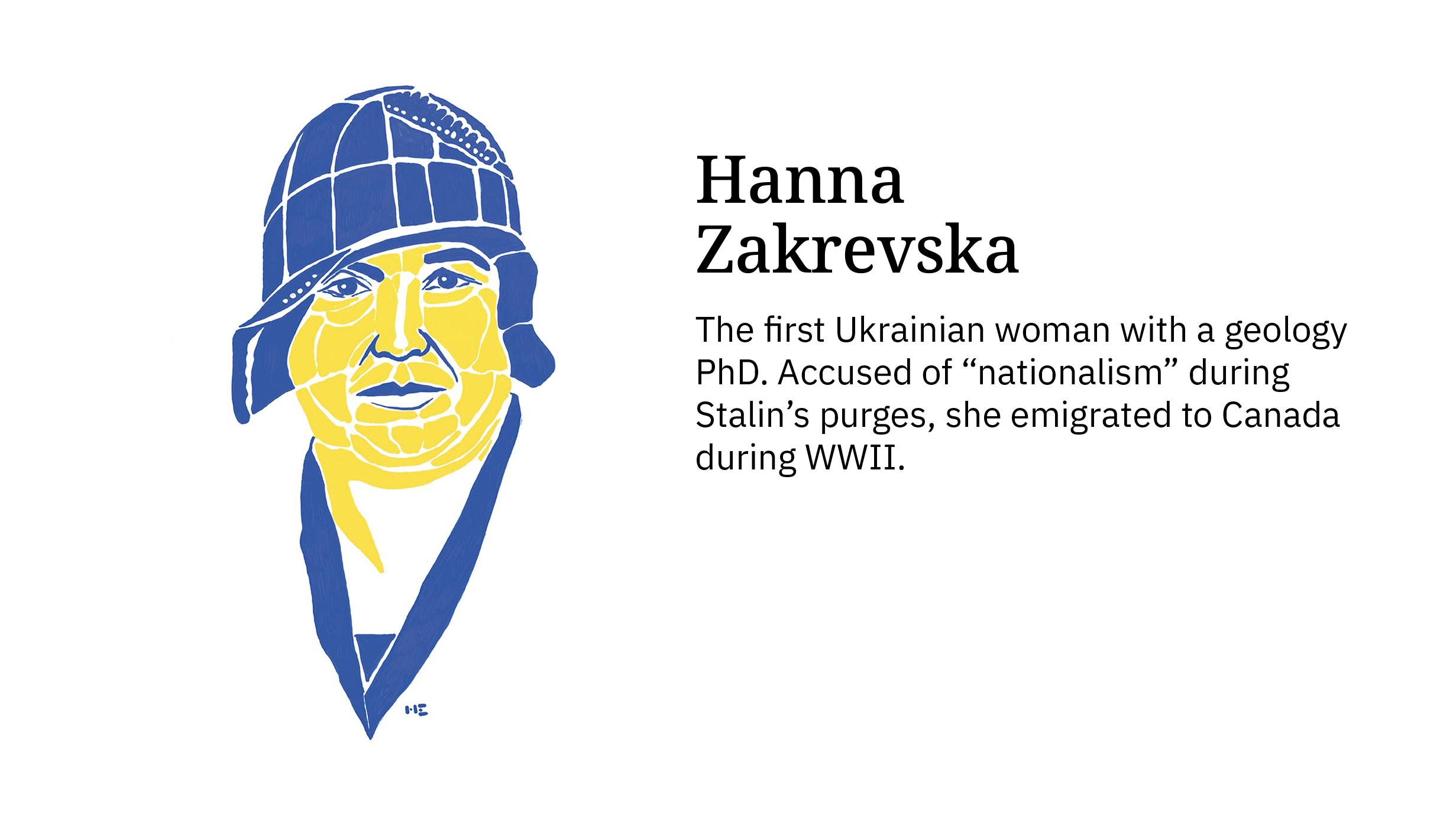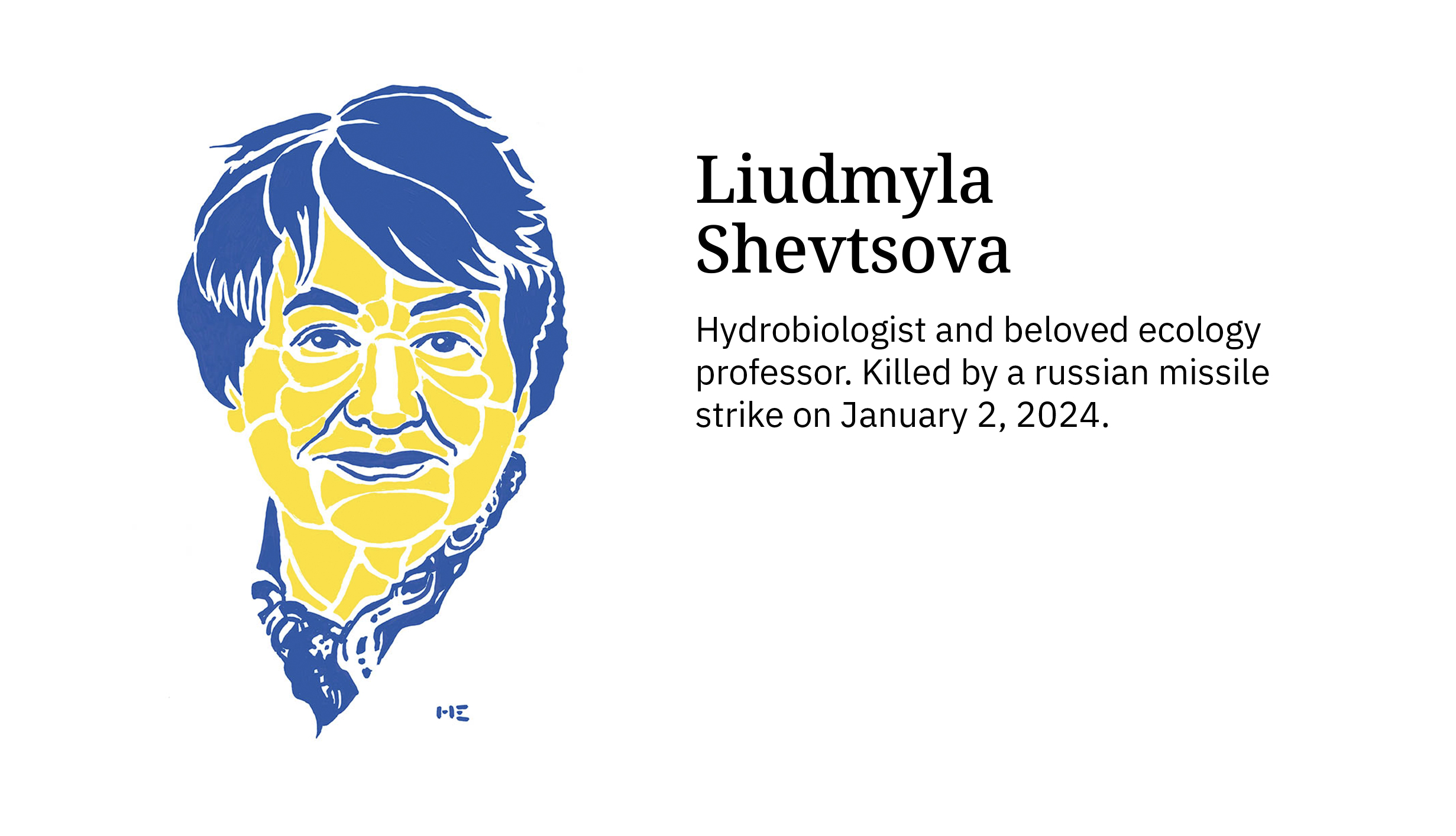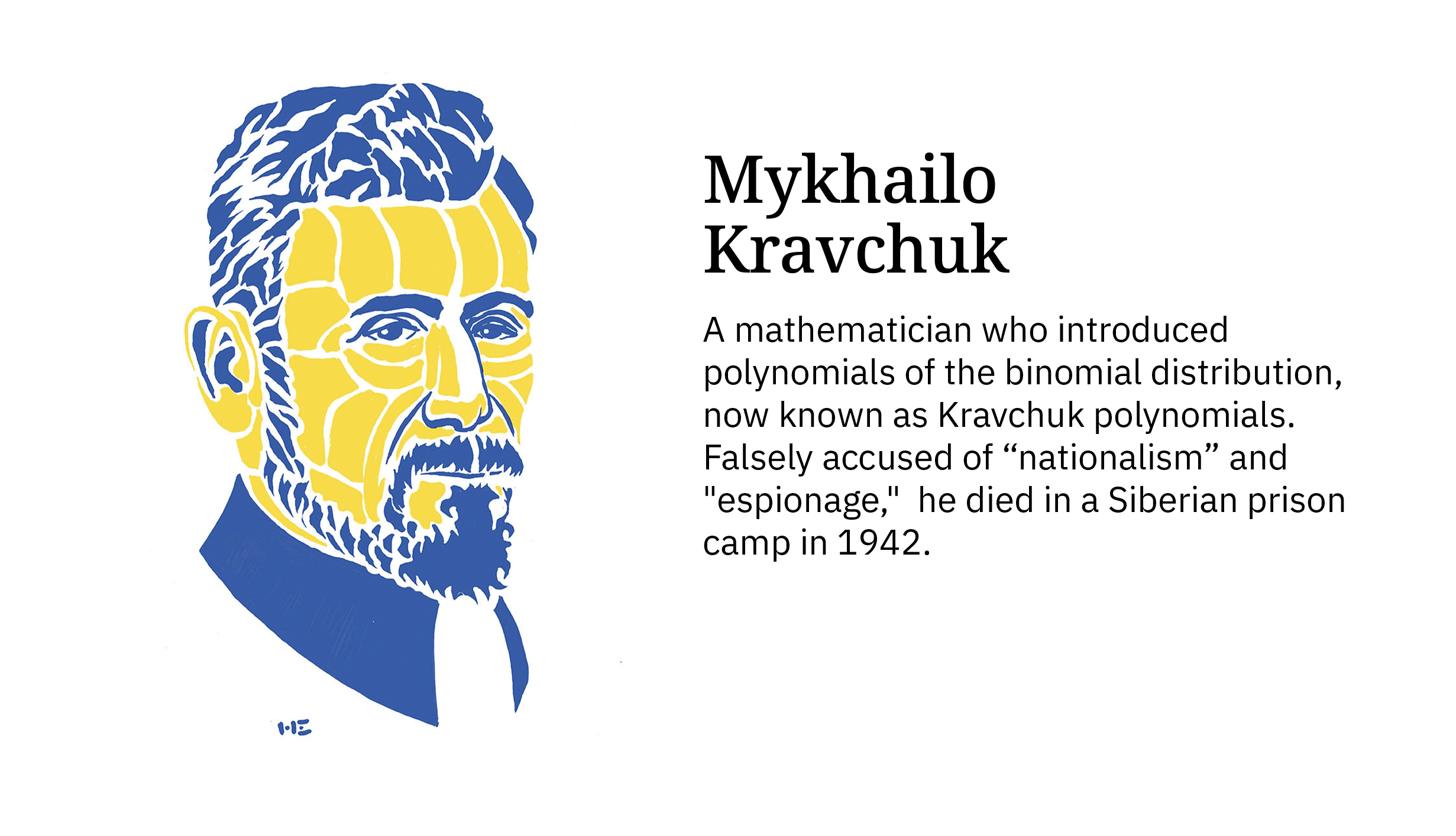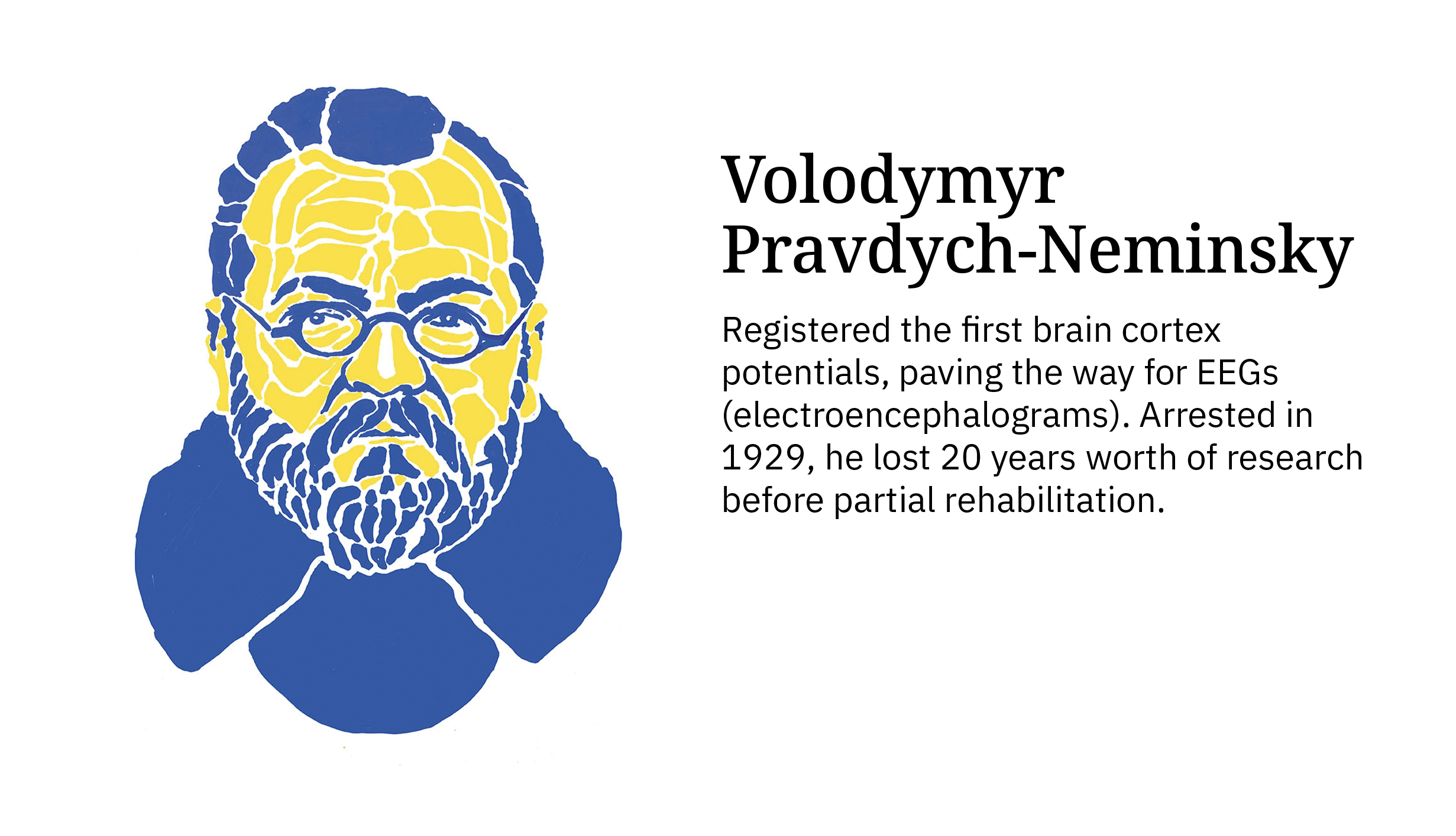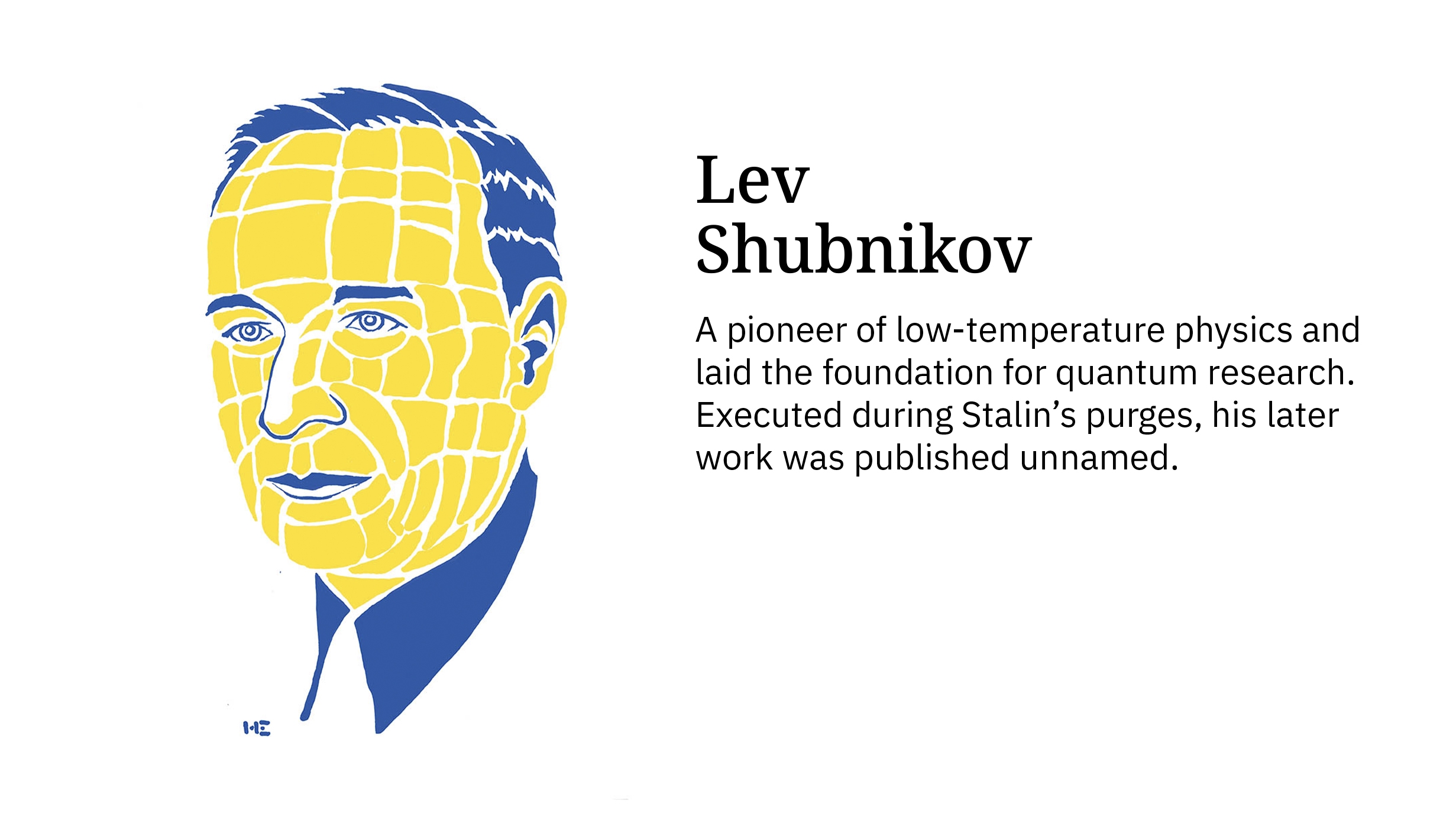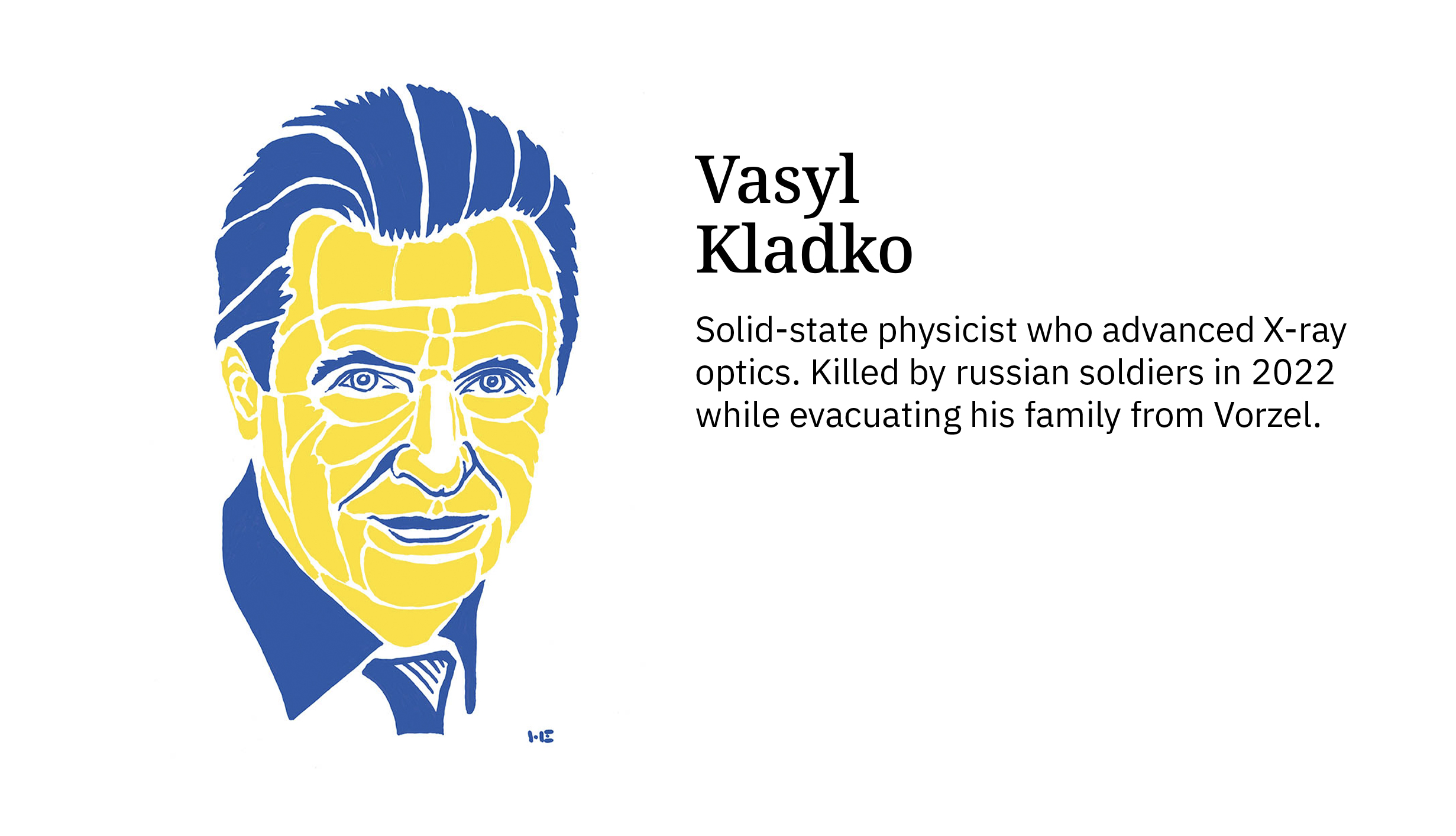“Freedom in the equation”: an exhibition dedicated to repressed and murdered Ukrainian scientists opens at Harvard Science Centre
To make a groundbreaking discovery and earn a Nobel Prize, one needs talent, persistence, a bit of luck, and a willingness to challenge the status quo. One also requires resources: laboratories, telescopes, specimens, and computers. But perhaps most essential is the freedom to explore.
The heroes of the exhibition, presented on the Art Wall at the Harvard Science Centre, are scientists from Ukraine, who had all the qualities needed for a Nobel Prize. While success is never guaranteed, they were talented, persistent, and brilliant. Yet, years of suppression — from Soviet-era repressions to Russia’s invasion of independent Ukraine — prevented them from realizing their full potential.
The exhibition shares the stories of 10 scientists whose work was abruptly cut short. Their portraits, created by Niklas Elmehed, the official artist of the Nobel Prize, could have been celebrated under different circumstances.
The exhibition will be open from February 10 to March 10 at the Harvard Science Center (1 Oxford St., Cambridge, MA) and displayed on the centre’s Art Wall.
Among the featured names:
– Hryhoriy Levytskyi, cytogeneticist and botanist
– Valentyna Radzymovska, biologist
– Volodymyr Pravdych-Neminskyi, neurophysiologist
– Mykhailo Kravchuk, mathematician, founder of the school of Ukrainian rocket and space technology designers
– Lev Shubnikov, low-temperature physicist
– Volodymyr Kolkunov, agronomist and plant breeder
– Hanna Zakrevska, geologist
– Bijan Sharopov, biologist, science popularizer
– Vasyl Kladko, physicist
– Lyudmyla Shevtsova, biologist
The exhibition’s text was prepared by Olesia Pavlyshyn, editor-in-chief at the Ukrainian popular science media “Kunsht”, in collaboration with the online platform “MyScience.ua” and the project “Ukrainian Scientists at War”. The ten featured scientists were selected by Oleksii Boldyrev, a molecular biologist and founder of “MyScience.ua”, and Krystyna Semeryn, a literary scholar and publicist.The purpose of this exhibition is to highlight Ukraine’s lost scientific potential due to Russia’s genocidal wars while also shedding light on the contributions of Ukrainian scientists to global science that have long remained overlooked.
The organizers express their gratitude to the families of Bijan Sharopov, Vasyl Kladko, and Lyudmyla Shevtsova for their permission to include these scientists in the exhibition.
The exhibition Freedom in the equation is part of the Science at Risk project, supported by the popular science media Kunsht and ZMIN Foundation, the Ukrainian Research Institute at Harvard University, in collaboration with “MyScience.ua”, “Ukrainian Scientists at War”.
Kyrylo Beskorovainyi, co-Founder of science popular media Kunsht and Science at Risk platform, Nieman Fellow at Harvard University ‘2025 comments: “The effectiveness of scientists is continually assessed through h-index, numbers of publications, patents, and prestigious awards like the Nobel Prize. However, these achievements depend not only on the researchers' talent and the availability of research infrastructure, but also significantly on the freedom to conduct such research. Since the onset of Russia's full-scale invasion of Ukraine, the “Science at Risk" project team has been documenting the experiences of Ukrainian scientists and institutions affected by the aggression. To fully comprehend the conditions under which science in Ukraine develops today, it's essential to delve deeper into a history marked by imprisonments, repressions, and executions. We have curated this exhibition to introduce Ukrainian scientists to the global community. To introduce Ukrainians scientists who have made significant contributions to science and could have achieved even more, if they possessed the freedom to explore. We hope this exhibition serves as a catalyst for dialogue between Ukrainian researchers and the international community”.
Serhii Plokhii
Khrystyna Boiko, Director of the ZMIN Foundation, adds: “It is crucial to shape an informational space and open dialogue around sensitive topics concerning people, their destinies, and the cynically stolen opportunities to live and create. At ZMIN, we deeply value our collaboration with the teams at “Kunsht” and “Science at Risk”, who have the intellectual courage to build an honest conversation about our scientific heritage and its challenges within the broader community”.
